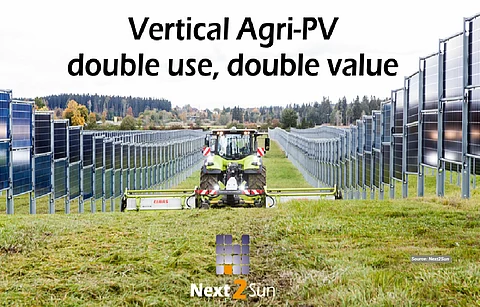

Generally, tracking systems are most viable in regions with high direct solar irradiation. The solar insolation on the panel surfaces increases significantly with tracking systems, which automatically follow the path of the sun, and thus increase the irradiation hitting the module surface. Horizontal single-axis (HSAT) trackers follow the sun's trajectory from the morning (east) until the evening (west), while dual-axis trackers also follow the sun's height above the horizon. Hence, dual-axis trackers maximize the yield of PV plants, but they are much costlier and might also significantly increase LCOE (see Maximizing Solar Power Efficiency).
Indeed, scientific publications such as the one from Solar Energy Research Institute of Singapore (SERIS), Global Techno-Economic Performance of Bifacial and Tracking Photovoltaic Systems by Carlos D. Rodríguez Gallegos et al, show that bifacial modules with single-axis trackers achieve the lowest LCOE of 16% compared to a conventional system in most locations by significantly boosting energy production by more than 35%.
Combining bifacial with trackers also reduces the influence of soiling losses, as highlighted by a technical paper presented at the 40th EU PVSEC from the University of Antofagasta, Chile. The study emphasized that the power loss due to the soiling for a fixed-tilt module ranges from 2.3% to 6.67%, while the variation is less than 2% for panels installed on trackers.
The text is an excerpt from the TaiyangNews Bifacial Solar Systems 2024 Report, which can be downloaded for free here.
